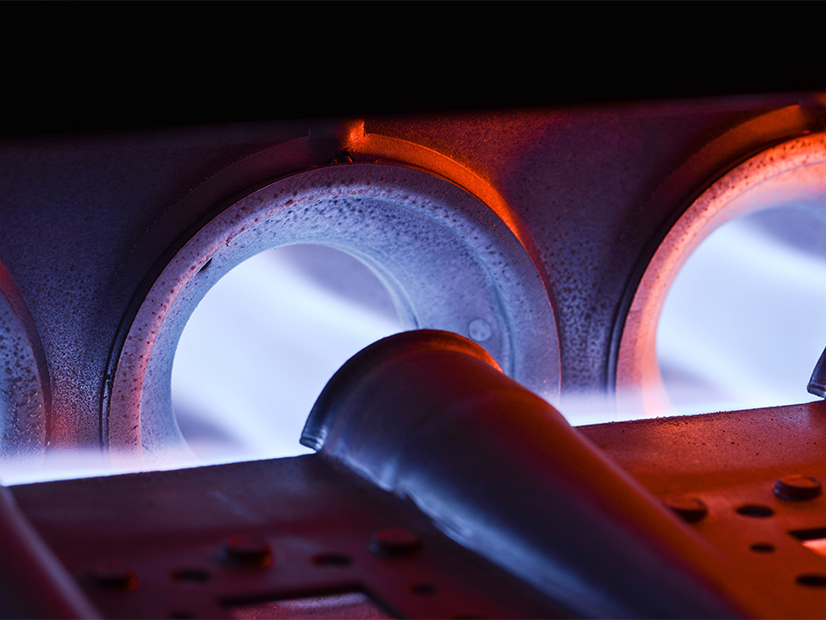The California Energy Commission adopted a key report on gas decarbonization last week and opened a proceeding to explore options to replace gas derived from fossil fuels with options that include green hydrogen and electric heat pumps.
“The importance of this really can’t be overstated,” Commissioner Andrew McAllister said. “This is a generational shift, and we’re laying the foundation” for the transition away from fossil gas over the next quarter century, he said.
The report approved March 9 was one of four volumes in the Energy Commission’s 2021 Integrated Energy Policy Report, a biennial roadmap of state energy policy. It examined major issues, including the potential impact of the replacement of gas space- and water-heating with electric heat pumps, the affordability of natural gas as demand declines, and maintenance of aging gas infrastructure.
It addressed the potential for generating green hydrogen on-site at solar arrays and using gas produced from organic waste along with plans to retire the Aliso Canyon Natural Gas Storage facility in Southern California, site of a massive methane leak in 2015. An independent consultant is currently assessing options for closing Aliso Canyon between 2027 and 2035 and replacing its role as the region’s primary gas storage facility.
“The particular challenge is how to transition away from reliance on Aliso Canyon, recognizing the importance it plays in the reliability, safety and economic hedging for the greater Los Angeles area and Southern California more broadly,” the IEPR report said.
Another topic was the grid’s dependence on natural gas to meet demand as the state tries to achieve its 100% clean energy goal by 2045.
“The role of gas generation in the electricity system is shifting with the addition of large amounts of renewable generation, primarily solar and wind,” it said. “Gas generators not only ensure reliability but are key enablers of increasing amounts of renewable resources, which are the primary source of greenhouse gas emission reductions in the electric sector.
“A stable grid is essential to achieving emission reductions from electrification of residential and commercial buildings and electric vehicles to decarbonize the transportation sector,” it said.
The report noted that “defining pathways for gas system decarbonization and addressing key policy issues associated with the gas transition” require a long-term planning process that does not currently exist. As a start to fixing the situation, the CEC unanimously approved a new proceeding examining gas decarbonization strategies.
“As California decarbonizes its energy system, the state faces rapidly emerging gas issues,” the order instituting an information proceeding (OIIP) said. “These issues include declining long-term gas demand from building electrification, the critical interdependencies between the gas and electricity systems, and the potential role of renewable gas, renewable hydrogen, and other low carbon fuels and technologies.
“One of the overarching themes of the 2021 IEPR is that to address these issues the state needs a comprehensive, inclusive, long-term gas planning process to ensure a safe, reliable and equitable transition away from fossil gas,” it said. “This OIIP launches a proceeding to continue the dialogue on gas transition topics and begin carrying out the 2021 IEPR recommendations.”

